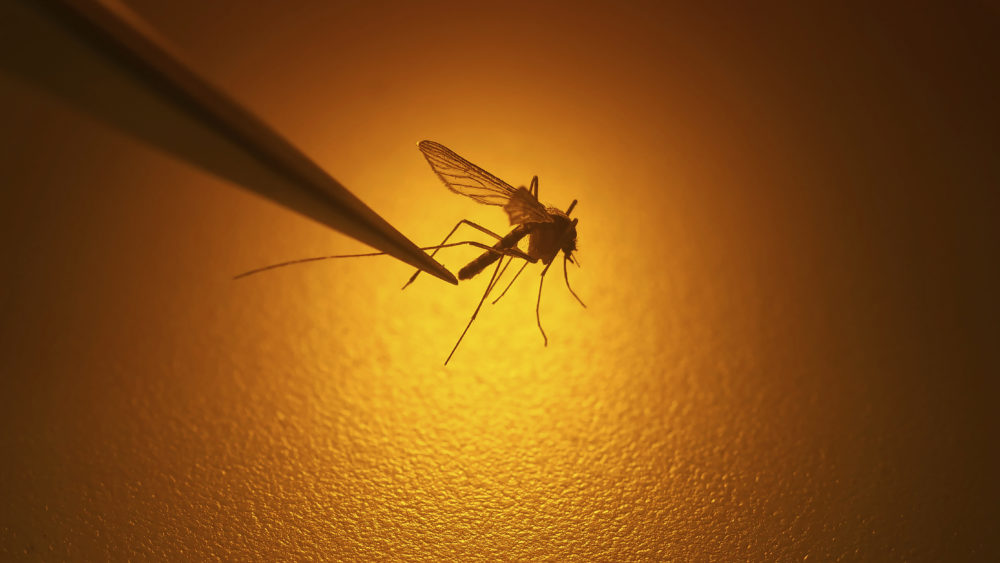Advertisement
Yellow Fever And Malaria In The US? With Climate Crisis, It's Within The Realm Of Possibility
Resume
When we talk about climate change, we make projections into the future — the number of degrees that will cause devastation by a certain year or the number of climate refugees we can expect by 2050.
But infectious disease specialists remind us that, as a recent article in Foreign Affairs stated, "Climate Change is Already Killing Us."
That article and others detail how climate change is exacerbating disease, making public health one of the world's most immediate climate challenges.
Infectious disease specialist Dr. Emily Shuman of the University of Michigan, Ann Arbor, says two major factors are involved in the spread of infectious disease.
"One is the spread of infectious diseases that are spread by arthropod vectors, including mosquitoes and ticks," she says. "The other is the spread of diarrheal disease typically spread through poor sanitation."
Shuman says the present — and possible future — health consequences of warming are "already quite a big problem."
Interview Highlights
On how climate change enables the spread of diseases
"Mosquitos, as of right now, cause about 500,000 deaths worldwide each year ... and most of those deaths are caused by malaria. Another very common mosquito-borne illness worldwide is dengue. And there are quite a few others as well. And we are already seeing an increase in these diseases related to climate change.
"Eastern equine encephalitis is typically a very rare disease here in the United States. And we're seeing quite a few cases here recently in the eastern part of the country, as well as the Midwest. And it's fairly late in the season to be seeing mosquito-borne diseases. We're already well into the fall here, and these are typically more summertime diseases. So I do think this is a concerning trend."
On how rising temperatures affect the range of mosquito-borne illnesses
"For instance, mosquitoes are animals that really depend on water in order to breed. And they also tend to be more active at higher temperatures. So as we see rising temperatures, increased rainfall worldwide, we see an increase in the range and number of mosquitoes. For example, Aedes species mosquitoes, which spread diseases like dengue, Zika virus, chikungunya, West Nile virus; currently about 50% of the world population is susceptible to being bitten by those mosquitoes. We expect that to increase as the climate continues to warm."
On mosquito-borne illnesses spreading in the U.S.
"I think we often forget that diseases like yellow fever and malaria used to be endemic in the United States. And thanks to our excellent public health infrastructure those diseases have mostly been eliminated. However, we do have the mosquito vectors here, and I think with the warming climate, it's possible that we could see a resurgence of some of those diseases in parts of the United States.
"Nipah virus is spread primarily by exposure to animals, including pigs and bats, and most of the outbreaks that have been reported so far have been in Asia. It is a disease that can be highly fatal. And it's possible as humans kind of increasingly encroach on animal habitats, that we'll see the emergence of more diseases like Nipah.
"My takeaway is that you know climate change is already happening, and I think we need to take measures to mitigate climate change, reduce carbon emissions. But I also think that we have to adapt to the current situation. And in terms of infectious diseases, that really means creating new vaccines and treatments for these diseases that are already quite deadly for many around the world."
Karyn Miller-Medzon produced and edited this interview for broadcast with Todd Mundt. Maddie Mortell adapted it for the web.
This segment aired on September 30, 2019.
